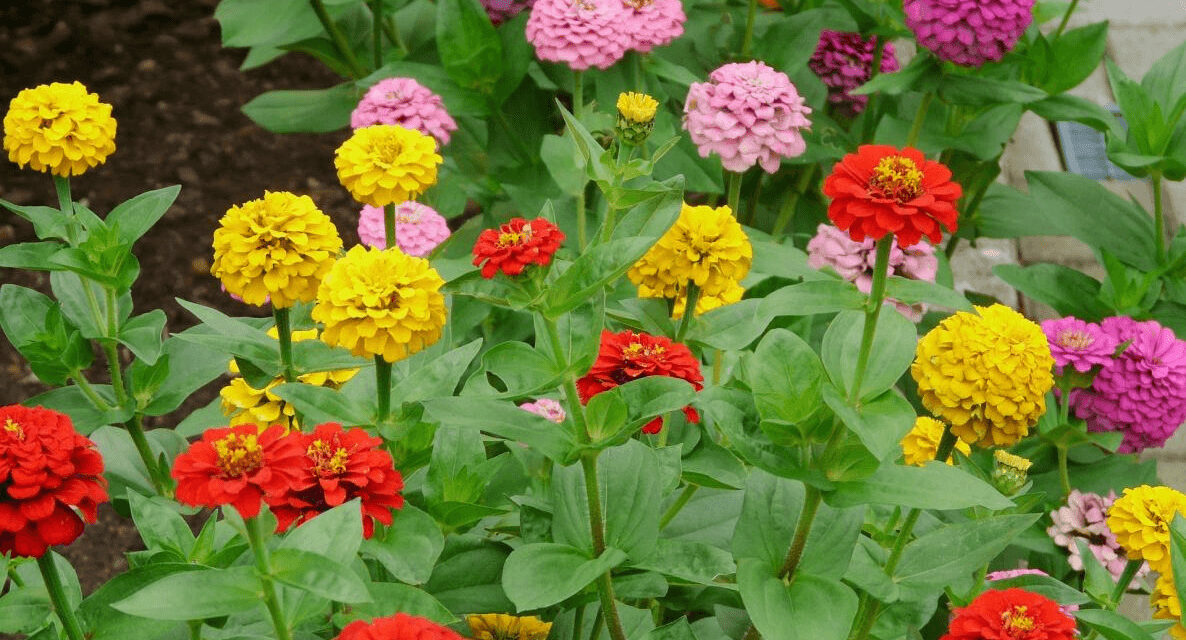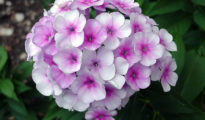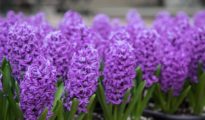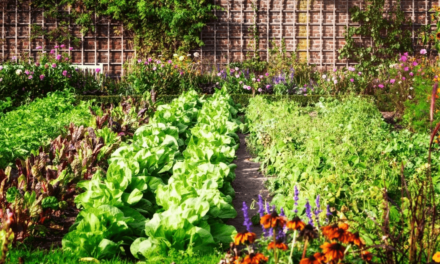Zinnia flowers are a beautiful and colorful addition to any garden. With a wide variety of colors, shapes, and sizes, zinnias are a popular choice among gardeners. They are a hardy annual flower that blooms all summer long, and they are easy to grow and care for. In this post, we will dive into what zinnia flowers are, how to grow them, and how to care for them to ensure a beautiful garden.
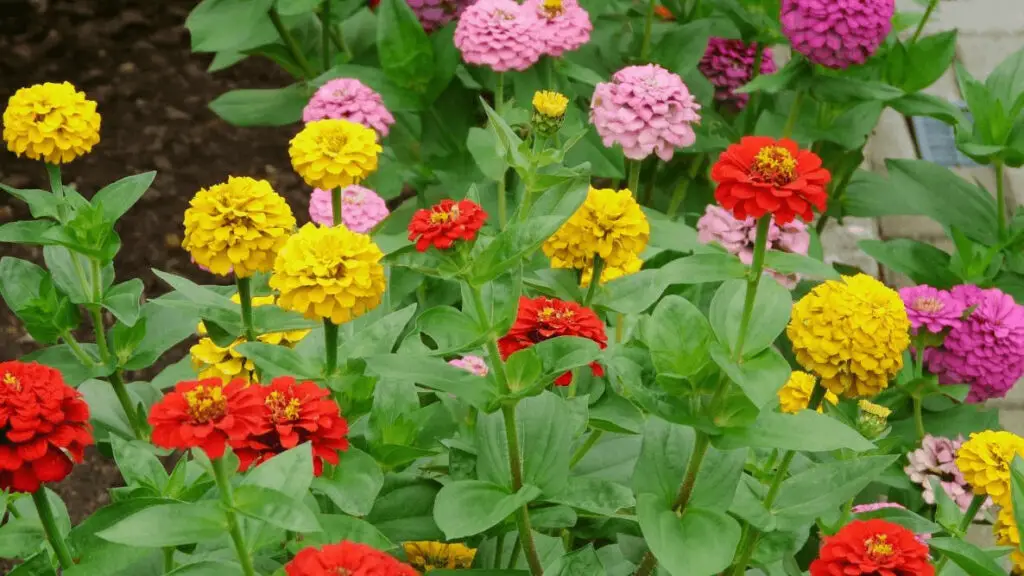
What are Zinnia Flowers?
Zinnia flowers are native to Mexico and are part of the sunflower family. They are an annual flower that typically grows 6-36 inches tall and blooms in a wide range of colors, including red, orange, pink, purple, white, and yellow. They have a central disk surrounded by petals that are either single or double, and they come in a variety of shapes, including dahlia-like, cactus-like, and pom-pom-like. Zinnias are a popular choice among gardeners due to their bright and long-lasting blooms, and their ability to attract pollinators such as bees and butterflies.
How to Grow Zinnia Flowers
Growing zinnia flowers is relatively easy, making them an excellent choice for beginner gardeners. Here are some steps to follow to ensure that your zinnias grow and bloom beautifully:
- Choose a location with plenty of sunlight – Zinnias need at least 6 hours of direct sunlight per day to thrive, so choose a location in your garden that receives plenty of sunlight.
- Prepare the soil – Zinnias prefer well-drained soil that is rich in organic matter. If your soil is heavy clay, consider adding compost or sand to improve drainage. Additionally, it is essential to ensure that the soil is not too acidic, as zinnias prefer a neutral pH of 6.0-7.0. You can test your soil's pH level with a soil testing kit, available at most garden centers.
- Sow seeds or transplant seedlings – Zinnias can be grown from seeds or seedlings. If starting from seeds, sow them directly into the soil after the last frost date in your area. If starting indoors, sow the seeds 4-6 weeks before the last frost date and transplant them into your garden once they have grown a few inches tall. If using seedlings, transplant them into your garden once they have grown a few inches tall and the soil temperature has warmed to at least 60 degrees Fahrenheit.
- Water regularly – Zinnias require regular watering, especially during hot and dry weather. Water deeply at the base of the plant to encourage deep root growth and to prevent the foliage from getting wet, which can lead to fungal diseases.
- Fertilize – Zinnias benefit from regular fertilization to promote healthy growth and blooming. Apply a balanced fertilizer once a month during the growing season.
- Deadhead regularly – Deadheading, or removing spent blooms, will encourage your zinnias to produce more flowers. Pinch off the spent blooms with your fingers or use garden shears.
- Watch for pests and diseases – Zinnias are relatively resistant to pests and diseases, but they can still be affected by aphids, spider mites, and powdery mildew. Keep an eye on your plants and treat any pest or disease issues promptly to prevent them from spreading.
How to Care for Zinnia Flowers
Caring for zinnia flowers is relatively straightforward, and with a little effort, you can ensure that your zinnias bloom beautifully all summer long. Here are some tips for caring for your zinnia plants:
- Water regularly – As mentioned earlier, zinnias require regular watering, especially during hot and dry weather. Water deeply at the base of the plant to encourage deep root growth and to prevent the foliage from getting wet, which can lead to fungal diseases.
- Fertilize – Zinnias benefit from regular fertilization to promote healthy growth and blooming. Apply a balanced fertilizer once a month during the growing season. Be careful not to over-fertilize, as this can lead to excessive foliage growth at the expense of flowers.
- Deadhead regularly – Deadheading, or removing spent blooms, will encourage your zinnias to produce more flowers. Pinch off the spent blooms with your fingers or use garden shears. Be sure to remove the entire flower head, including the seed pod, to prevent self-seeding.
- Provide support – Some zinnia varieties, such as the taller ones, may require support to prevent them from falling over. You can use stakes, trellises, or cages to support your plants.
- Watch for pests and diseases – Zinnias are relatively resistant to pests and diseases, but they can still be affected by aphids, spider mites, and powdery mildew. Keep an eye on your plants and treat any pest or disease issues promptly to prevent them from spreading. You can use insecticidal soap or neem oil to control pests and fungicides to control fungal diseases.
- Cut flowers for arrangements – Zinnias make excellent cut flowers and will continue to bloom after cutting. Cut the flowers early in the morning when they are fully open but before the heat of the day. Cut the stem at a 45-degree angle and place the flowers immediately in a vase of water. Change the water daily to keep the flowers fresh.
Zinnia Varieties
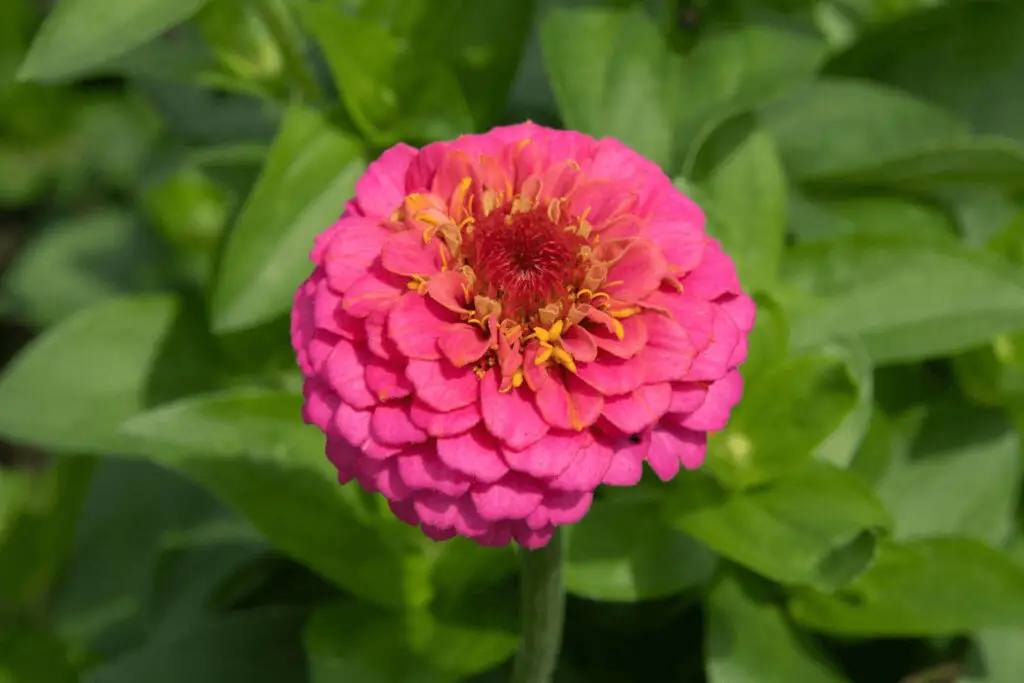
There are many varieties of zinnias to choose from, each with its own unique characteristics. Here are some of the most popular zinnia varieties:
- ‘State Fair' – This variety produces large, double flowers that can reach up to 6 inches in diameter. They come in a variety of colors, including red, pink, yellow, and white.
- ‘Lilliput' – This variety produces small, pom-pom-like flowers that are 1-2 inches in diameter. They come in a range of colors, including pink, orange, and yellow.
- ‘Envy' – This variety produces green flowers, which is a unique and striking color for zinnias. The flowers are double and can reach up to 3 inches in diameter.
- ‘Benary's Giant' – This variety produces large, dahlia-like flowers that can reach up to 6 inches in diameter. They come in a range of colors, including red, pink, orange, and yellow.
- ‘Peppermint Stick' – This variety produces bi-colored flowers with white and pink stripes. The flowers are double and can reach up to 4 inches in diameter.
Zinnia flowers are a beautiful and colorful addition to any garden. They are easy to grow and care for, making them an excellent choice for beginner gardeners. With a wide variety of colors, shapes, and sizes, there is a zinnia variety to suit every taste. By following the steps outlined in this post, you can ensure that your zinnias grow and bloom beautifully all summer long. So, go ahead and add some zinnias to your garden this year and enjoy their stunning blooms!

